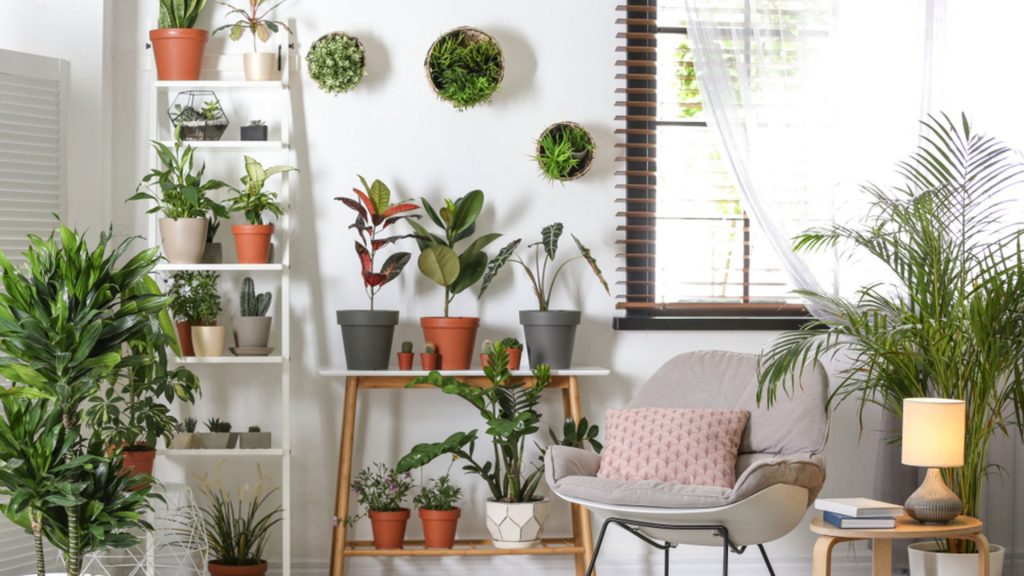The East Asian teaching of Feng Shui aims at the organization of space with the help of Qi energy. Plants not only bring comfort to a home but also have an impact on its energy and the well-being of its inhabitants. So, their acquisition and placement in a living premise should be treated responsibly.
Choosing a Place for Indoor Plants
Most often, housewives put flower pots on the windowsills. They saturate a home with positive energy and do not let negative energy from the outside. But one should not forget about the four directions.
- It is better to put plants with red, pink, purple, and yellow inflorescences on the southern, south-eastern, and south-western windows. The attraction of the element of Fire will ensure comfort and unlock the potential of a particular flower.
- Placement in the east or south-east attracts financial well-being, health, and personal growth. This direction is considered the most favorable for indoor plants.
- Thе creative energy, a calm atmosphere in a home, and harmony in family relations are thereby attracted.
- It is not recommended to put ornamentals on the northern side, responsible for knowledge and career. The only exception is the cactus, as well as flowers with blue and blue inflorescences.
The cardinal directions correspond to the spheres of people’s life. So, if you put a crassula (the Money Tree) in the wealth corner, it will prove itself in full and help you achieve financial well-being. And if you put a pomegranate tree in the love corner, it will positively affect the relationship between the spouses.

According to the type of released energy, two groups are distinguished:
- Yin, the Female Lunar Energy. It includes flowering plants with rounded leaves: violets, geraniums, begonias, cyclamens, etc. They fill a home with kindness and warmth, stimulating women’s intuition.
- Jang, the Male Solar Energy. It is peculiar to sharp and prickly flowers with dense meaty leaves: chlorophytum, aloe, asparagus, citrus indoor trees, etc. Their aggressive active energy gives cheerfulness, improves mood, and promotes commitment.
In a home, there must be plants of both groups. It is also important to correctly approach their placement. It is better to choose Yin energy flowers for the kitchen and the children’s room. In recreation areas, plants with thorns and sharp leaves are unacceptable. Of the Jang plants, one can place chlorophytum, ferns, and citrus trees in the children’s room. They favorably affect the intellectual and emotional state of children. The main thing to keep in mind is that no flowers can be placed next to the bed. It is recommended to put Jang energy flowers in the living room and study but, again, away from the workplace. It is best to place the pots in niches and on shelves. It is wrong to put plants between doors and between a window and a door — the positive energy will thereby flow away along the formed straight line.
According to Feng Shui, indoor plants are very important for the harmonization of home space. To take full advantage of their properties, it is crucial to love flowers and take care of them, whereas the proper placement will bring a favorable atmosphere to a home.

